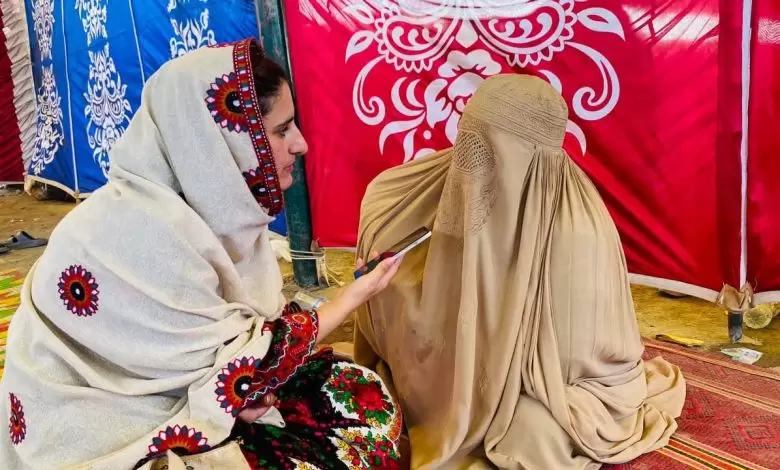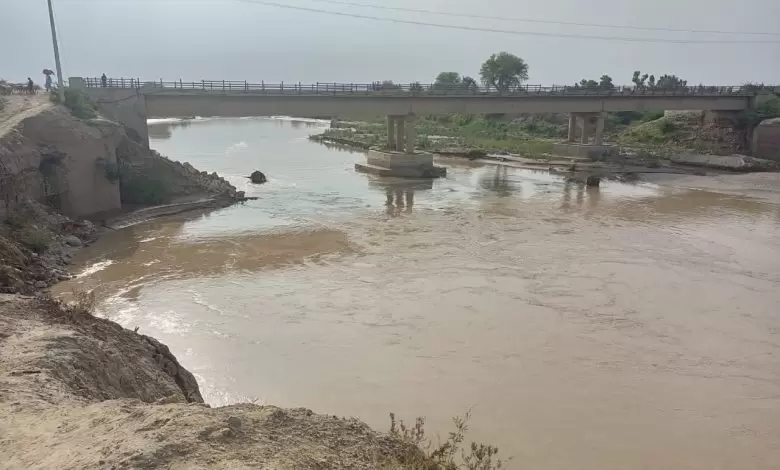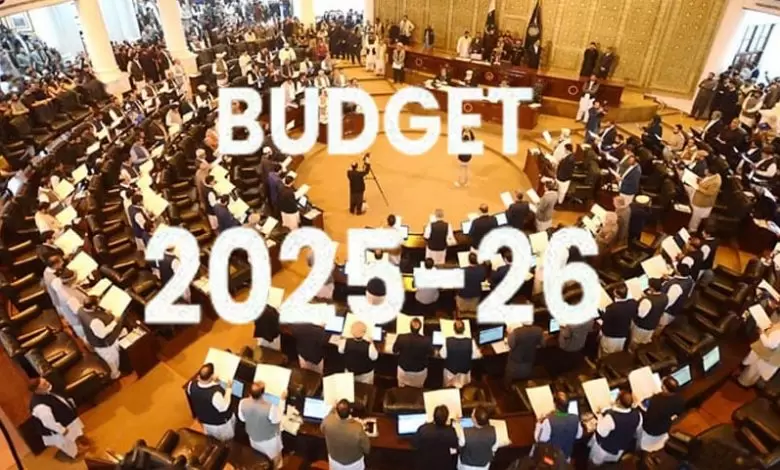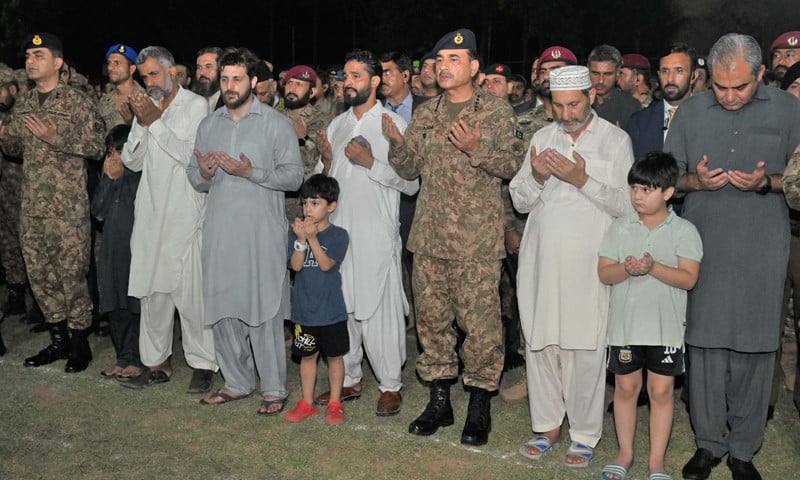
Maryam (a pseudonym), the first female journalist from Bajaur, says, “Women in Bajaur face countless problems, including unemployment, education, and health, these are the top issues. Witnessing these challenges, I decided to highlight them through my pen.”
Due to cultural and traditional sensitivities, Maryam prefers not to disclose her real name. She currently resides in Peshawar, but her reporting remains focused entirely on Bajaur.
Maryam shared that no one speaks up for the challenges tribal women face, which is why she chose journalism to amplify their voices. She is the only woman journalist from Bajaur, and her work primarily revolves around women’s education, healthcare, and other basic issues.
“I started writing about women in 2021, first through blogs, then transitioned to investigative reporting. Now I’m working on digital stories and documentaries,” Maryam explained. “However, I continue to face difficulties due to a lack of permission from my brothers.”
She mentioned that while her parents support her, other family members are against her journalism work. The main reasons for this opposition are traditional customs and the centuries-old tribal system, under which the belief persists that appearing in the media tarnishes the family’s reputation.
Also Read: U.S. Eyes Big Wins in Pakistan’s Mining Sector
Maryam expressed her desire to produce digital stories but said local traditions do not permit her to leave home for fieldwork. “If I go to the paress club in Bajaur, I’ll face criticism, not only will people talk about me, but my entire family will be targeted, and my problems will escalate.”
According to Maryam, the absence of women in journalism in Bajaur has created a void. “More than half of the population cannot write, appear on the radio or TV, or even talk about their problems. When I write about women’s issues, I feel at peace, as if I’ve fulfilled my duty.”
As per the 2017 census, Bajaur has a population of 1,093,684, with women comprising half, 536,520. Information provided by the Bajaur Press Club indicates that the number of registered journalists is 45, while the total number of working journalists in the district is around 60. Among them, Nazia Salarzai is the only female journalist, but she is not included in this story.
What Challenges Does Jemima Afridi Face?
Jemima Afridi hails from the tribal district of Khyber and has been practicing journalism under extremely tough conditions for the past four years. She writes about women’s issues, human rights, and problems faced by Afghan refugees.
She shared that women in tribal districts are not allowed to step forward. “I put my fears aside and stepped out to try journalism. But people discouraged and opposed me,” Jemima said. Although she uses her real name and reports from the ground, she continues to face numerous hurdles.
Jemima stated that one of the biggest challenges in tribal districts is the lack of appropriate platforms for women. “I worked for one year without pay. During that time, I was repeatedly demoralized. But I didn’t give up and kept pushing forward. Now, I work with international organizations and receive compensation for my work.”
Maryam from Bajaur and Jemima Afridi from Khyber, both women come from different tribal areas but face similar challenges. The biggest barriers remain traditional norms and societal pressures. Despite these challenges, their voices have reached far and wide. Jemima recently received the prestigious international Lorenzo Natali Prize.
According to information from the General Secretary of the Khyber District Press Club, there are 31 registered journalists at the Landi Kotal Press Club, and none of them are women. Jemima stated that she applied for membership at the Landi Kotal Press Club in July 2023, but she has not yet been granted membership.
When contacted regarding Jemima’s membership status, the General Secretary of the Landi Kotal Press Club, Mehrab Shah Afridi, claimed that Jemima was given associate membership soon after her application. However, he added, “She hasn’t returned to the club nor contacted any of its office bearers. Additionally, she has not yet submitted the required documents for full membership.”
Jemima dismissed this as an excuse, saying, “I submitted all the necessary documents to committee members and contacted them multiple times after applying. Each time, I was told to wait patiently.”
Commenting on the issue of the lack of female journalists and membership challenges in tribal districts, the President of the Bajaur Press Club, Hasbanullah, stated that in 2019, three women were granted membership. They were working with local media, but due to personal and family issues, they stopped working as practical journalists. Their membership was revoked a year later upon their own request. Currently, the Bajaur Press Club has 45 registered members, none of whom are women.
According to Hasbanullah, alongside security concerns and cultural constraints, the lack of basic facilities in Bajaur makes journalism especially challenging for women.
Gohar Ali, a representative of Press Freedom Network from KP, an organization working for journalists’ rights, echoed these concerns.
He attributed the core issues to cultural traditions in tribal districts:
“Women there do not enjoy the rights that women in other districts of the province have. Early marriages are common, and girls remain confined to their homes. Journalism requires stepping outside, which is simply not allowed, hence the number of women journalists remains almost nonexistent.”
How Harmful Is the Absence of Women Journalists?
Bilal Yasir, General Secretary of the Bajaur Press Club, believes the absence of women in journalism affects not only women themselves but also male journalists, making it harder for them to fulfill their professional responsibilities.
“In tribal societies, it’s difficult for male journalists to talk to women. Because of this, it becomes nearly impossible to cover stories related to honor killings, inheritance disputes, and women’s health,” he said. “Since women make up half of Bajaur’s population, it is women journalists who can truly understand and report their issues.”
Bilal emphasized the need for women to enter the field of journalism and called on both the government and the public to create an environment that enables and encourages their participation.
Working as a Woman Journalist in Tribal Districts Is Not Easy
According to Bilal Yasir, women journalists in tribal districts face more severe security challenges compared to their male counterparts. “On one hand, there are rigid traditions, and on the other, serious security threats. There’s a constant sense of fear. Some women journalists exist, but they’ve had to relocate to settled areas to continue working.”
Bilal added that the press club is open to offering membership to women journalists. “We encourage them and allow them to work from home,” he said.
Cultural Traditions; The Major Obstacle in the Path of Women Journalists
Tribal journalist Shams Mohmand also attributes the low number of women journalists in the tribal districts to deeply rooted cultural norms. He said, “First of all, women aren’t even allowed to leave the house. And if they are, it’s only to work as teachers or in the health department.”
According to Shams, “The centuries-old traditions in this region mean that local elders do not accept women working in journalism, law, or other formal sectors.”
He stressed the urgent need for women journalists in the merged districts. “Issues like domestic violence, child marriage, and inheritance disputes cannot be effectively reported by male journalists. Men cannot dig deep into women-specific issues.”
Shams Mohmand expressed hope that society would change over time. “With education and awareness, people will gradually start accepting these things.”
Although there have been no government-level initiatives specifically aimed at supporting female journalists in the tribal districts, both Jemima Afridi and Maryam believe that press clubs can play a significant role in encouraging them.
“Like male journalists, women should also be given memberships and other benefits. NGOs, media rights groups, and organizations working for press freedom should provide training to improve their skills, enabling them to connect with international organizations,” they suggested.
.jpeg)

.jpeg)
.jpeg)
26 Jun, 2025

